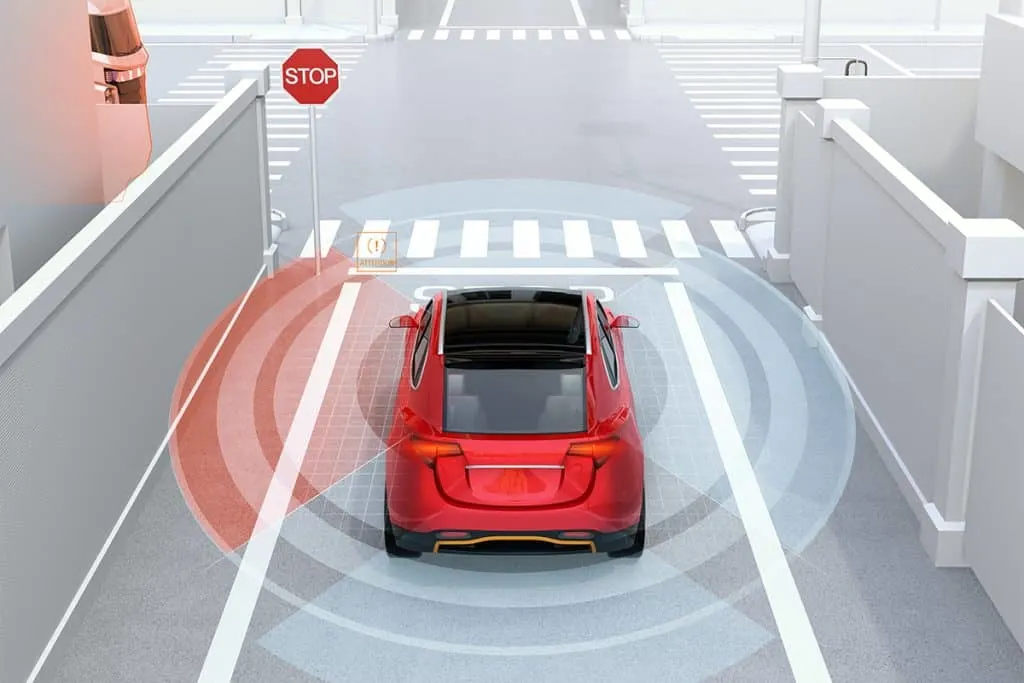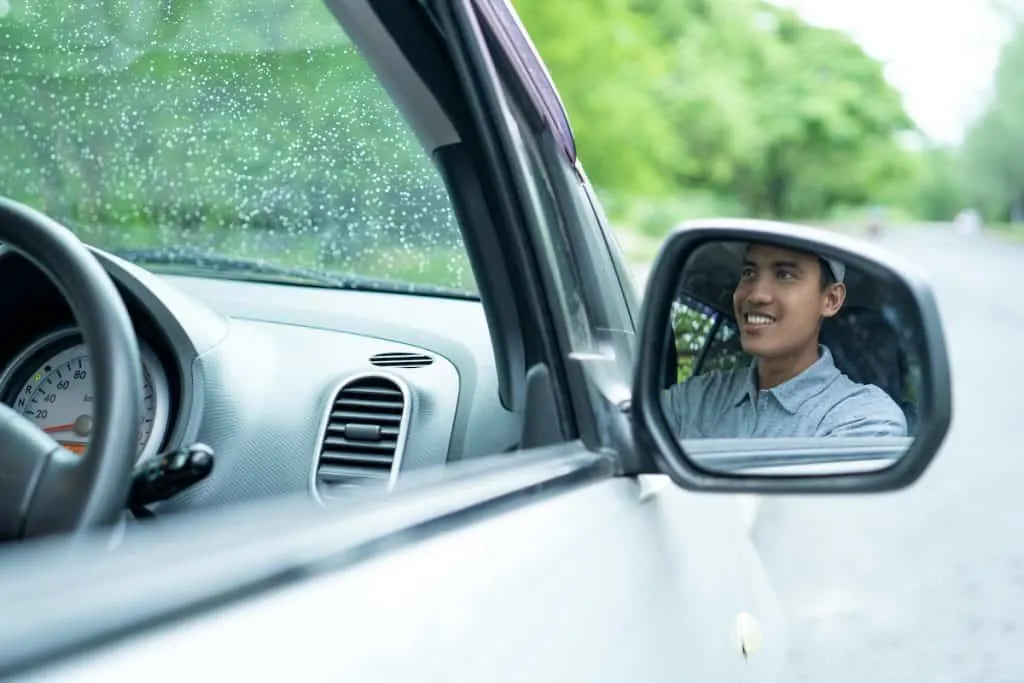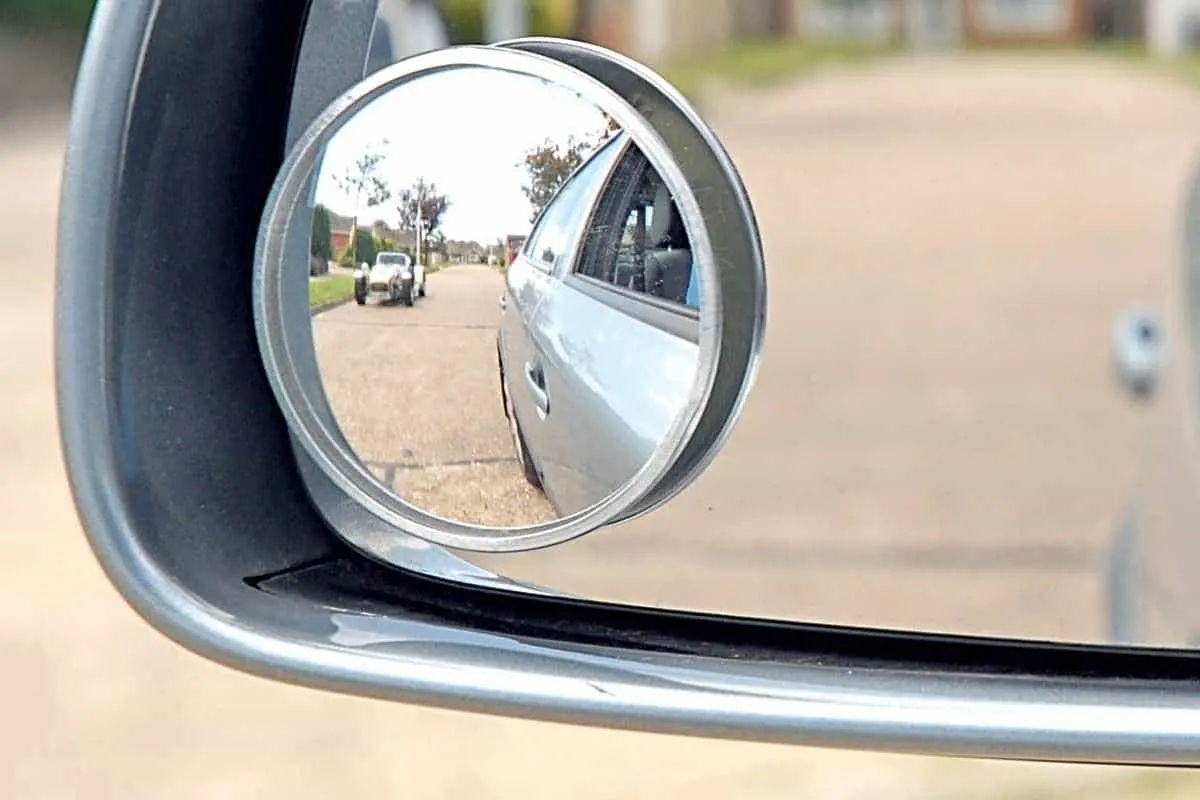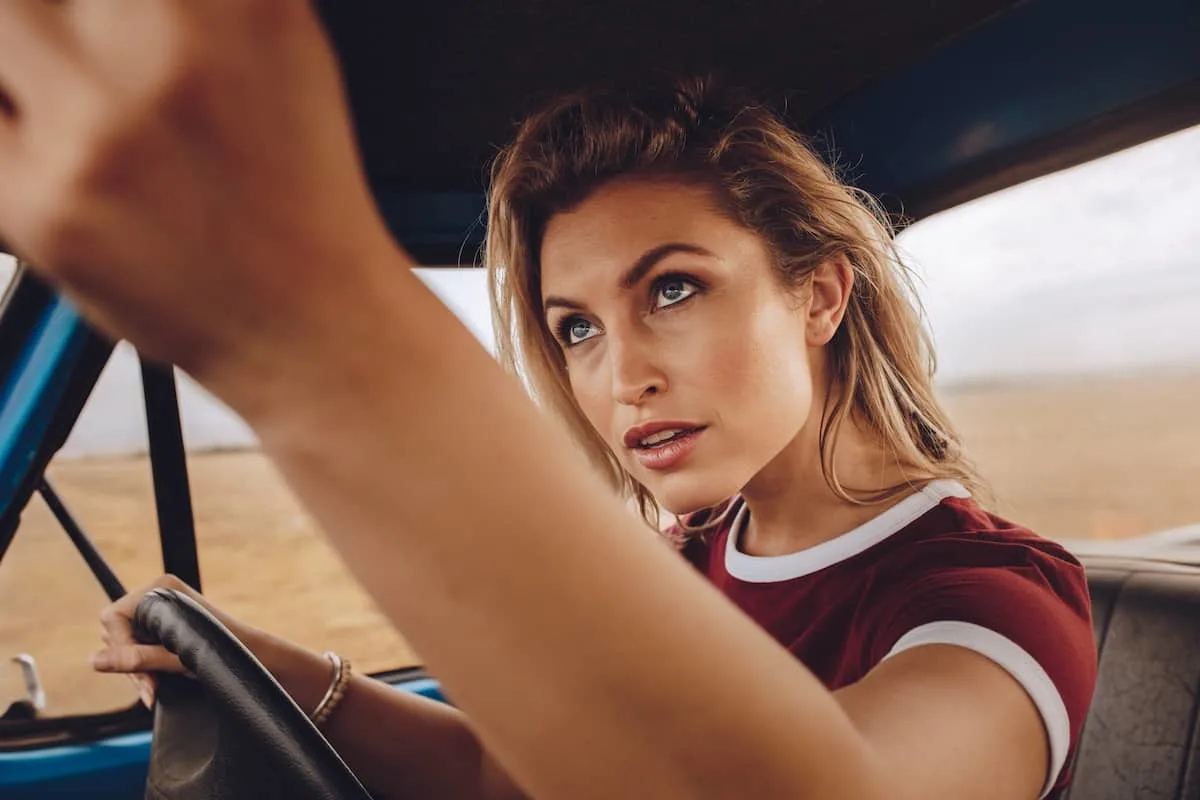Driving a car becomes second nature to most, but when you have blind spots, you could still have an accident. So, where are the blind spots on a car that you should look out for? We will tell you.
Blind spots on a car are the areas where a driver is not able to naturally see without shifting their body position. On most vehicles these are found on each side of the vehicle, just behind the driver’s seat, extending for some length along the back on each side of the car.
Blind spots are dangerous, but you can take precautions to make sure that they don’t affect your driving abilities much. We will cover how you can avoid accidents and how to account for the blind spots of your vehicle.
What are Blind Spots?

If you still aren’t exactly sure what the term “blind spot” means, then this definition will help you understand a bit better.
A blind spot is an area of a vehicle where the driver does not have a clear view of what is going on around them.
These blind spots are in places where the driver would need to move to see what is happening around them. This is why the sides of the vehicles are considered blind spots.
Although a driver can use the mirrors to adjust their view, they cannot clearly see what is happening on the side of the vehicle easily. This is because they are facing forward and would have to turn back to see the side of the car fully.
Why are These Blind Spots Created?
A blind spot is something that can’t completely be avoided. Someone in the driver’s seat will not be able to see around the entire car, no matter what.
So, these blind spots are something that is created by the size of the vehicle and the fact that someone cannot see all areas of their vehicle while sitting in it. Though this makes it more dangerous to drive, with the right safety measures, you can still stay safe.
However, there are many dangers that come with having blind spots. We will go over some of these dangers and how to stay safe despite them.
Dangers of Blind Spots
The issue with blind spots is that the driver cannot always see what another car is going to do, which could be dangerous since they might not be able to get out of the way of a car that is out of control or a car that doesn’t see them and might hit the vehicle.
Seeing around you can help you avoid a collision, but not having that full view can increase the chance of being in an accident!
If you can’t see a car that is trying to switch lanes, the other driver might make a move that you are not prepared for, which could cause you two to collide.
This can happen on the street or the freeway, although the worst dangers are usually on the freeway because of the higher speeds. This is why paying attention to the drivers around you will help you safer on the road, even when you have blind spots.

How to Stay Safe on the Road
Every driver has blind spots, but some vehicles have more than others. A car is one vehicle that has a low number of blind spots.
However, larger vehicles like SUVs and trucks will have a harder time knowing what is happening around them because they have more blind spots.
Because these vehicles are higher, the driver can have a harder time seeing smaller vehicles on the road that are lower to the ground. This could be dangerous if the driver doesn’t take the necessary precautions to avoid hitting cars around them.
You have probably seen multiple cars and vehicles flying past you on the freeway and weaving through traffic to get ahead of others. This is dangerous but is made even more so because of blind spots.
If a larger vehicle is the one passing by others at high speeds, there is a higher chance that they will miss something important and cause an accident. So, what can a driver in a car do to keep themselves safe?
1. Use Your Mirrors
If you are in a car, you will have blind spots, but this can be lessened by using your mirrors to see what is going on. This doesn’t mean that you won’t still have a blind spot, but you can use your best judgment to guess what another driver will attempt to do if you stay alert.
So, check your mirrors periodically while on the road to ensure that other cars are not catching you by surprise.
If a large vehicle is going to attempt to swipe past you to get to another lane, you can have the knowledge to slow down a bit and make room so that they don’t hit your car.
This will keep you safe, and keep you from having an accident that will cost you money to fix the damage to your vehicle.

You can further improve your mirror’s visibility by installing blind spot eliminators. Think of these as small secondary angled mirrors that are added to allow you to see these areas of concern.
Better yet – they’re cheap and easy to self-install!
I’d recommend taking a look at a pair like these (click to see on Amazon). They come in a pack of 2 and can be set up in seconds!
2. Stay Alert
When you are driving, there are a lot of different things to be aware of, and staying alert to road conditions and other vehicles will help keep you safe.
Having fast reactions can make a big difference when something goes wrong, especially at high speeds, so staying alert will help you have the best reaction times.
If you were to see a car hit another vehicle and lose control of its steering, you could end up being hit if you don’t see what is happening in time. However, if you see what happens right away, you can get out of the way of the vehicle or stop in time to avoid the accident.
Staying alert on the road at all times will help you stay on top of things and have faster reactions when something goes wrong.
3. Have Passengers Stay Alert
When you are alone in a vehicle, you have to rely on yourself. However, when you have passengers in your vehicle with you, you can have another set of eyes helping you stay alert as you drive.
This can help reduce the blind spots since you will have more people looking around the vehicle for you. This can help you react faster to something that is happening on the opposite side of the vehicle that is harder for you to see and can help you avoid an accident.
It is unusual for passengers to pay attention to the road like the driver, but you can always ask them to keep a close eye on what is happening on the road to help you out. Any little thing can help.
4. Adjust Your Mirrors Properly
Using your mirrors in whatever position they are in can help you be safe, but you also want to make sure that you adjust them as well.
Having mirrors that are adjusted properly can help minimize the size of your blind spots so that you can see much more.
This will make you safe on the road and allow you to see a larger portion on the sides of the vehicle. This will make the blind spots smaller and ensure that you can see more areas around the vehicle with ease without needing to turn your head back.
You should also ensure that your rear-view mirror is adjusted as well. This mirror should frame the back window.
5. Get a Rear-View Camera
Although the blind spots of a car are mainly on the sides of the vehicle, you might not be able to see behind the vehicle well either. In larger vehicles, this is a much bigger issue, but in smaller cars, it can still be a problem.
Having a rear-view camera can allow you to see directly behind you without turning around, which can help you avoid getting rear-ended or hitting something as you are backing up.
This can be a good way to avoid accidents on the road, even if you haven’t gotten on the road yet.
Conclusion on what are car blind spots
Being in a car and having blind spots can make you feel like you don’t have enough control while on the road, but by taking the necessary precautions, you can help keep yourself and your passengers as safe as possible.
It might not be possible to avoid every collision or fender bender, but keeping a small incident from becoming a major accident can ensure the safety of both vehicles.
Decreasing the area of your blind spots and making sure that you have the most visibility on the road can help you react quickly and avoid accidents.
No driver can completely get rid of all their blind spots, but with the tips that we have laid out in this article, you can help stay safe even with your blind spots by increasing visibility and giving yourself the ability to react quickly to a possible accident so that you can avoid it.
